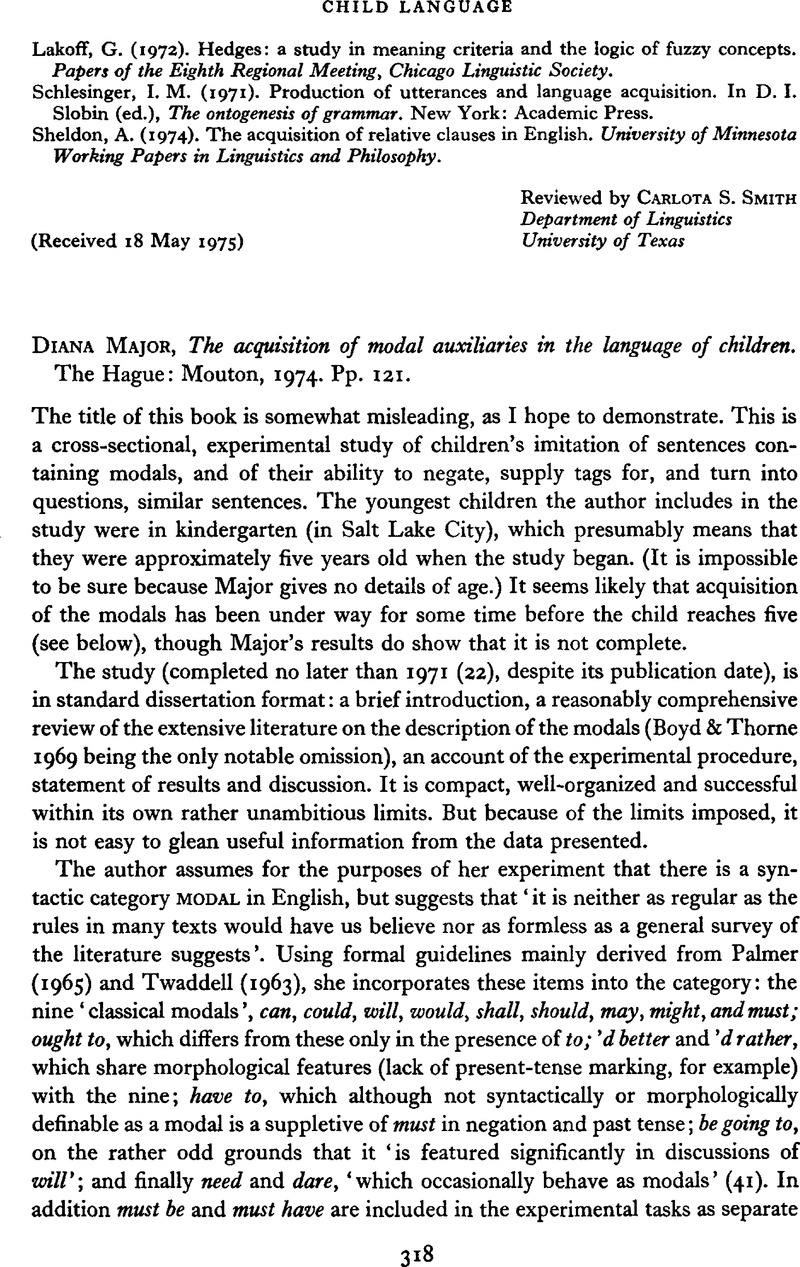Crossref Citations
This article has been cited by the following publications. This list is generated based on data provided by Crossref.
O'Neill, Daniela K.
and
Atance, Cristina M.
2000.
'Maybe my daddy give me a big piano': the development of children's use of modals to express uncertainty.
First Language,
Vol. 20,
Issue. 58,
p.
029.



